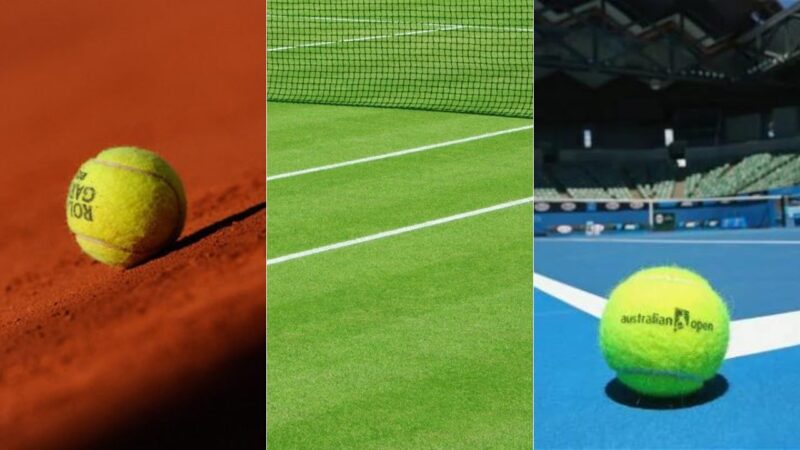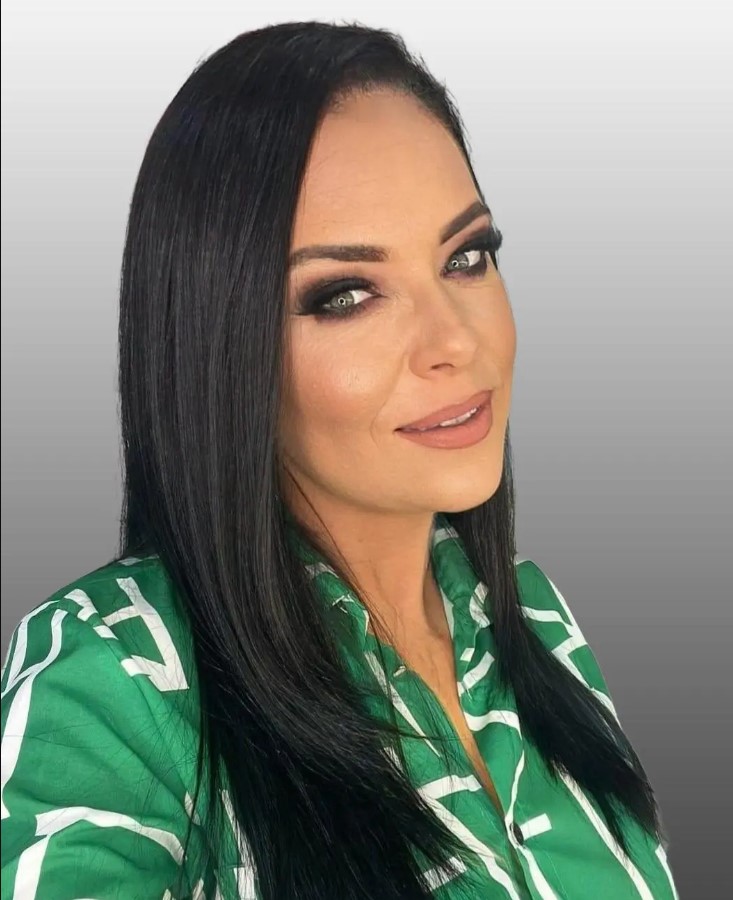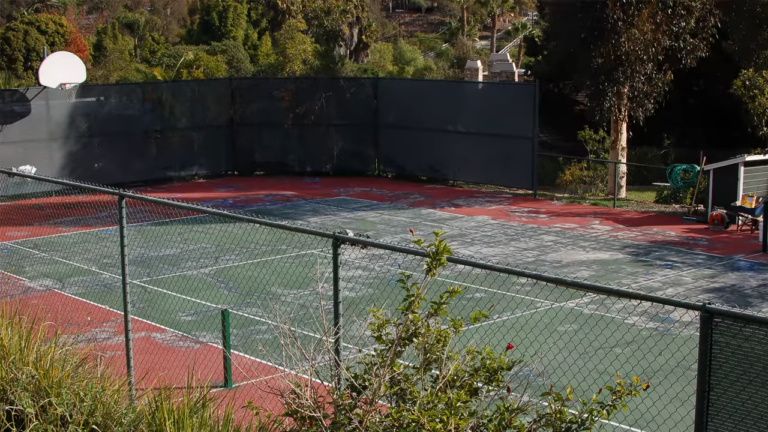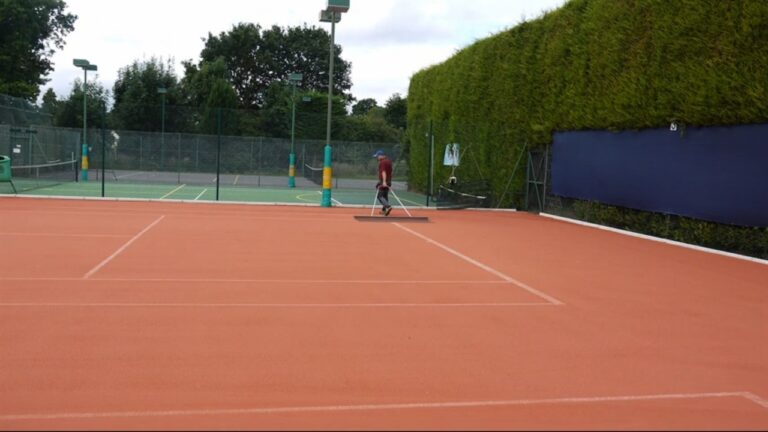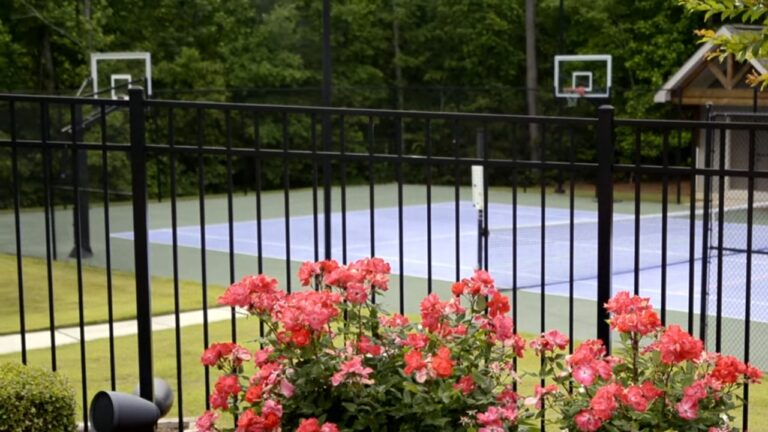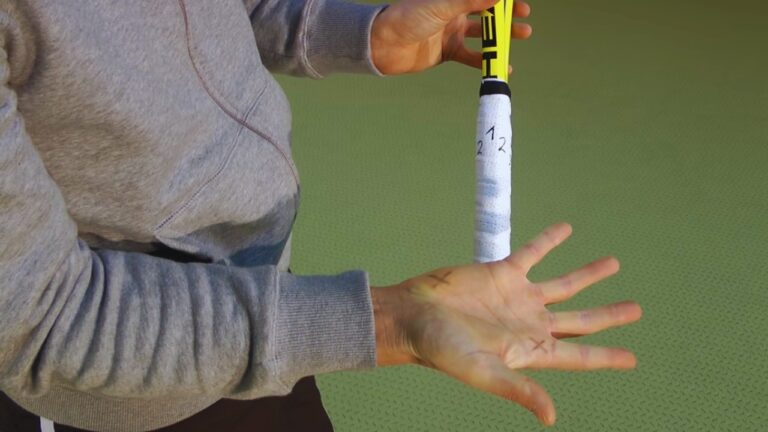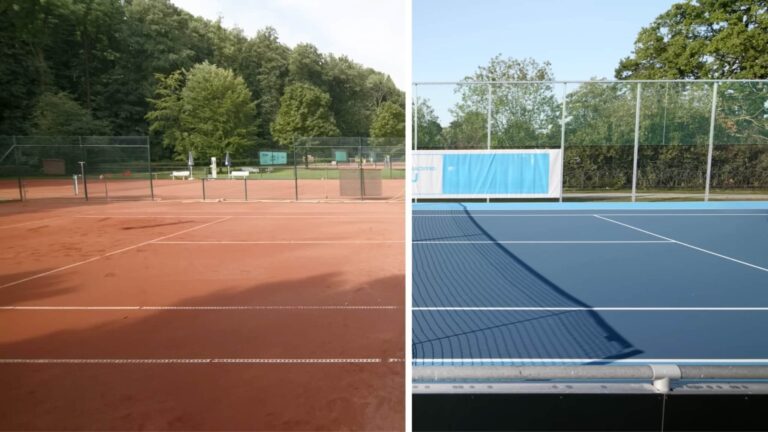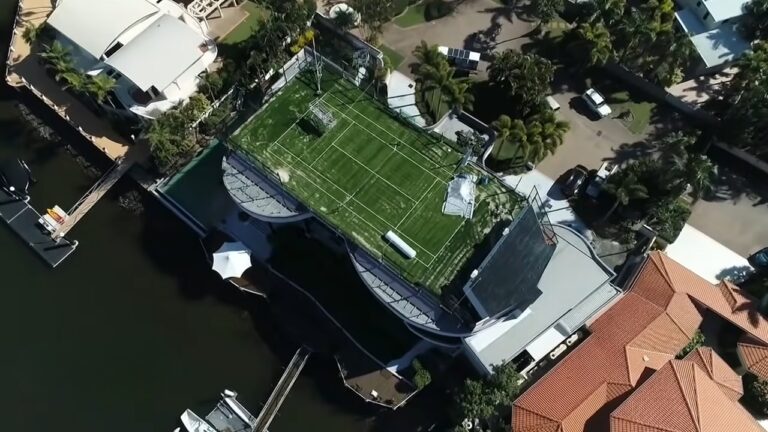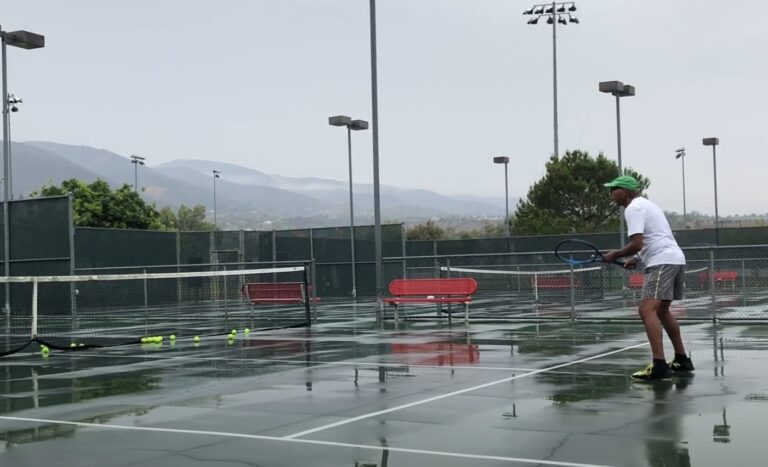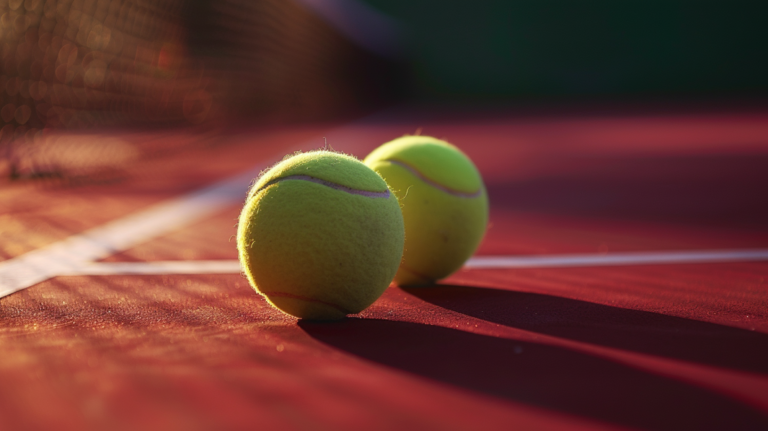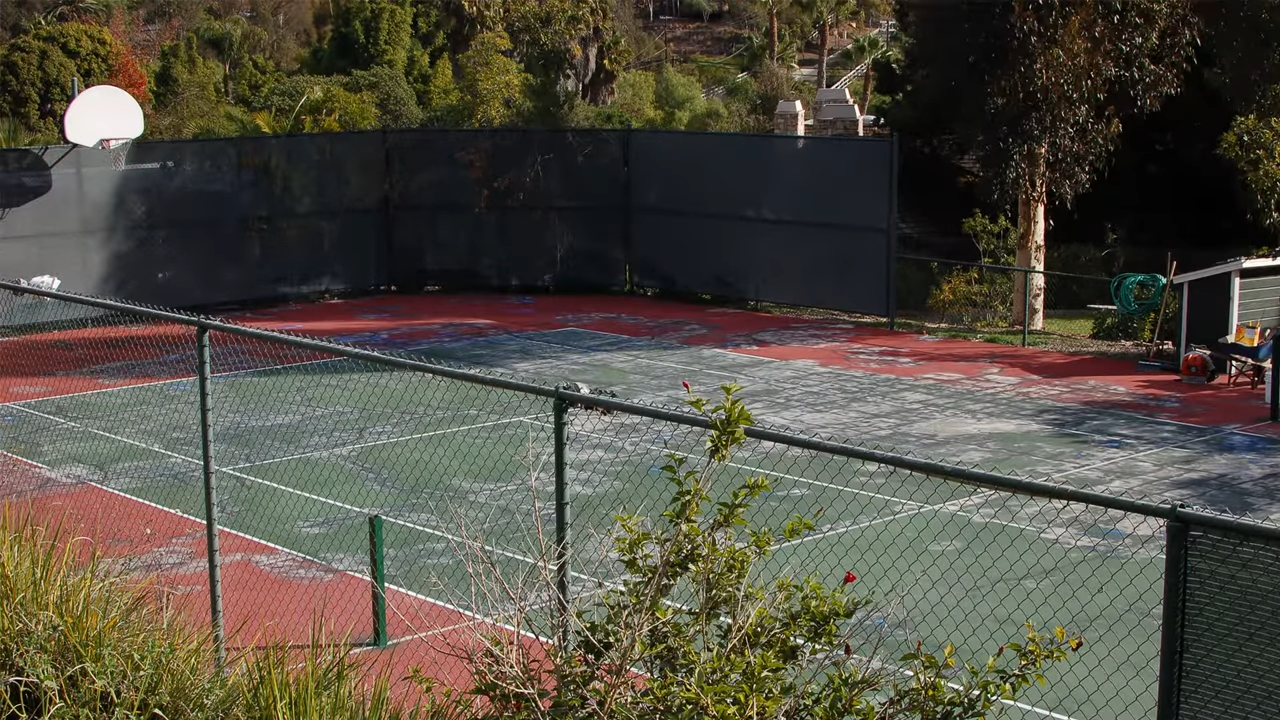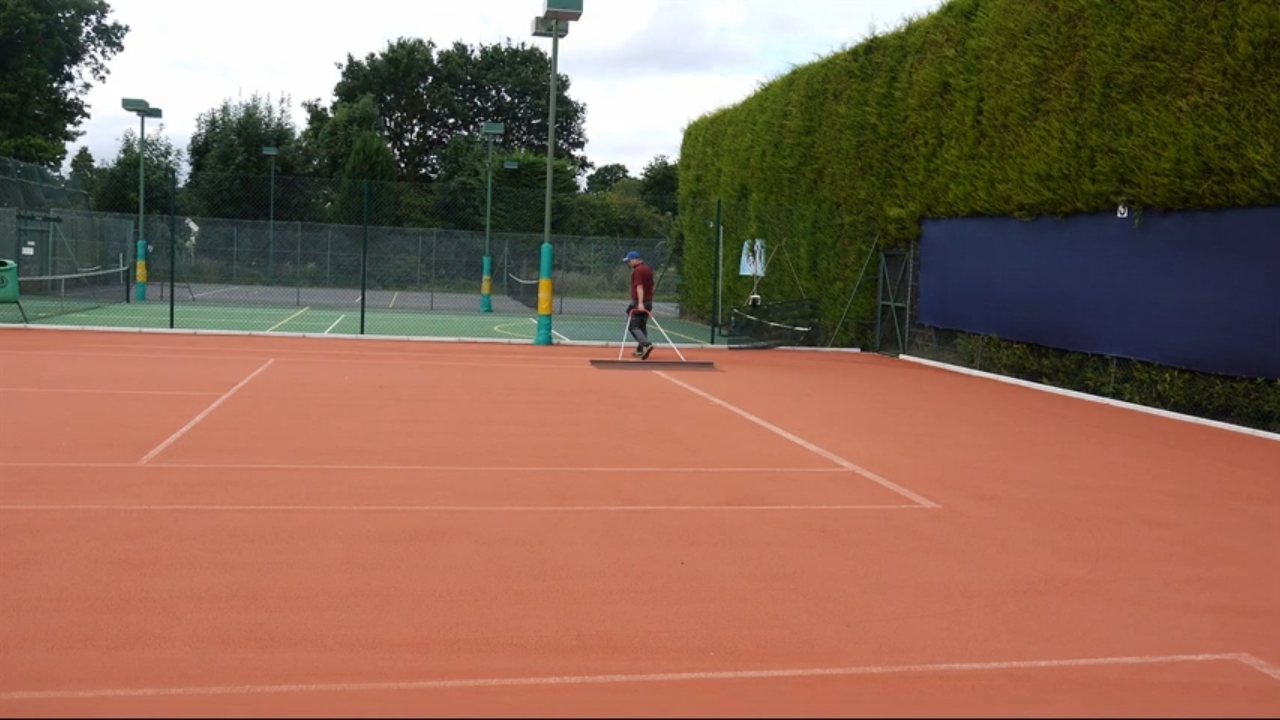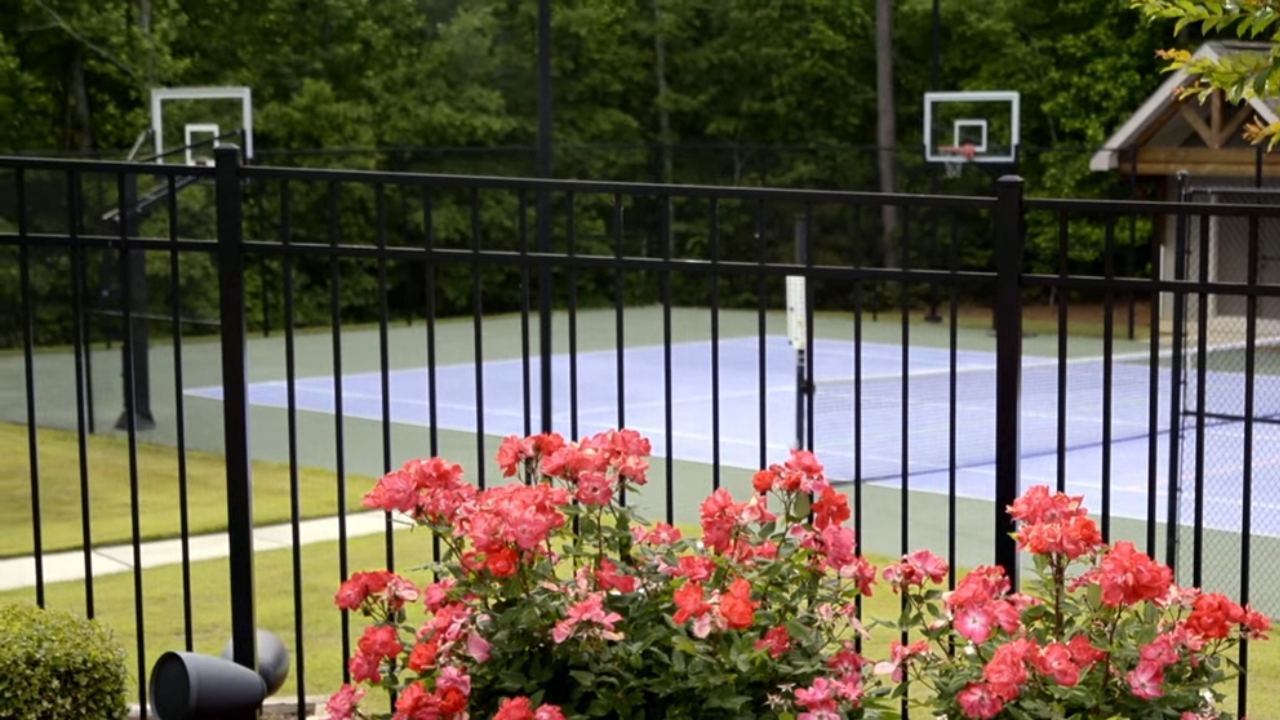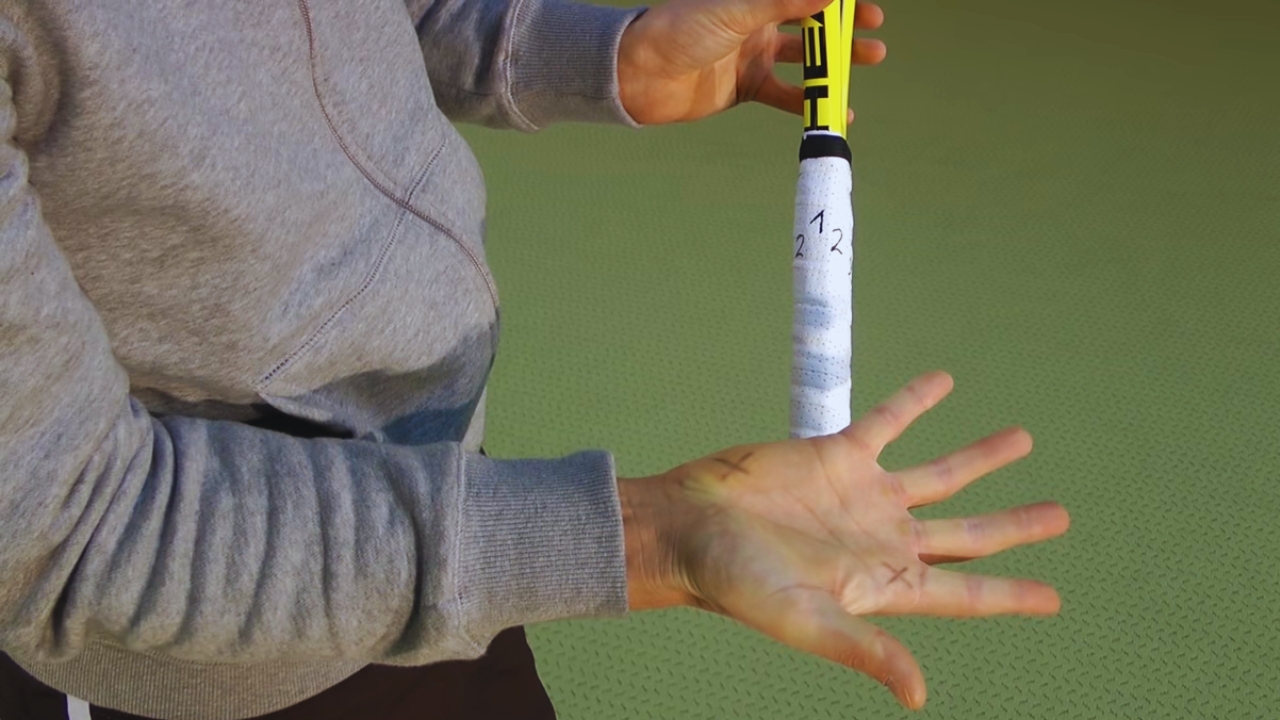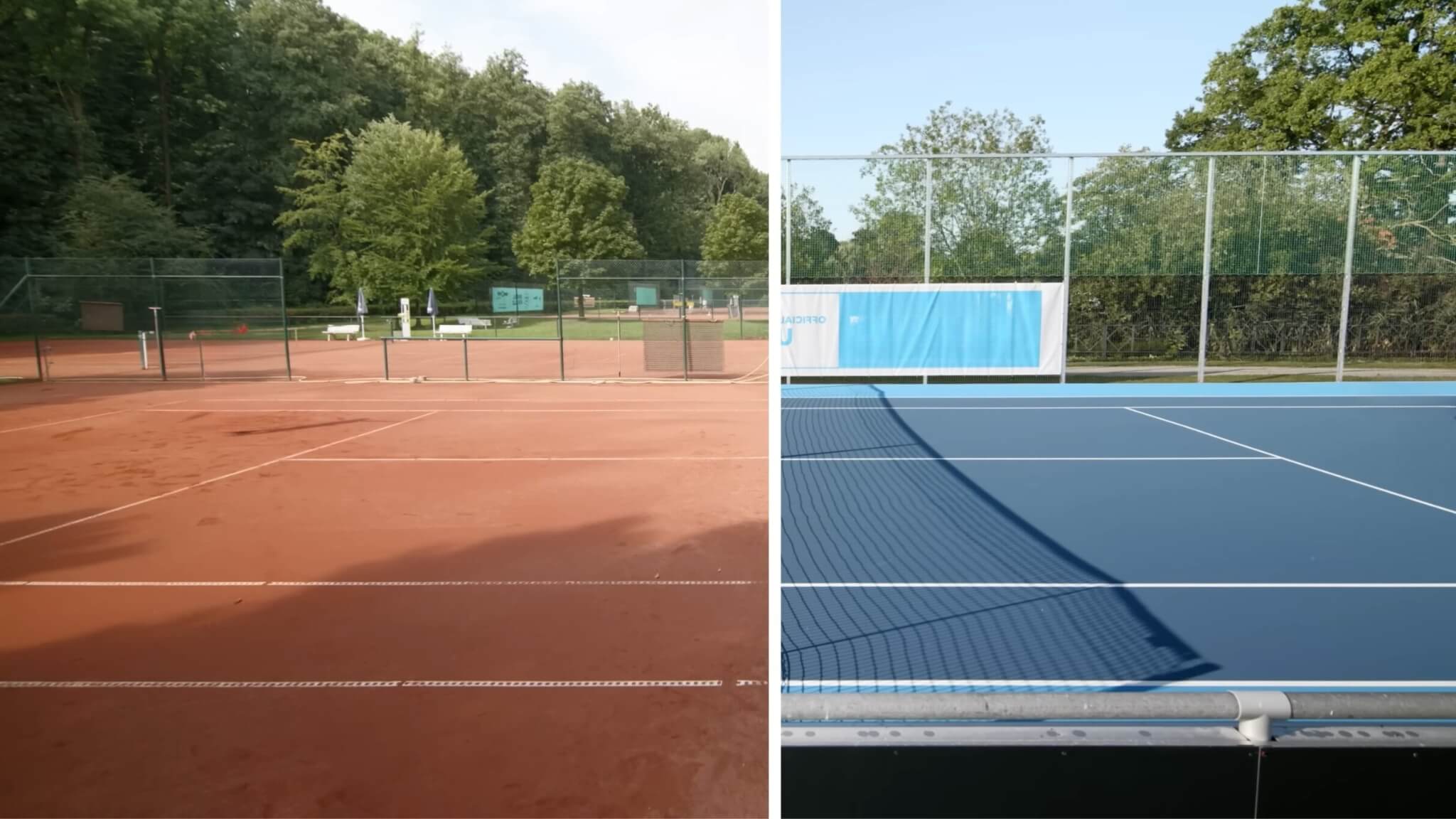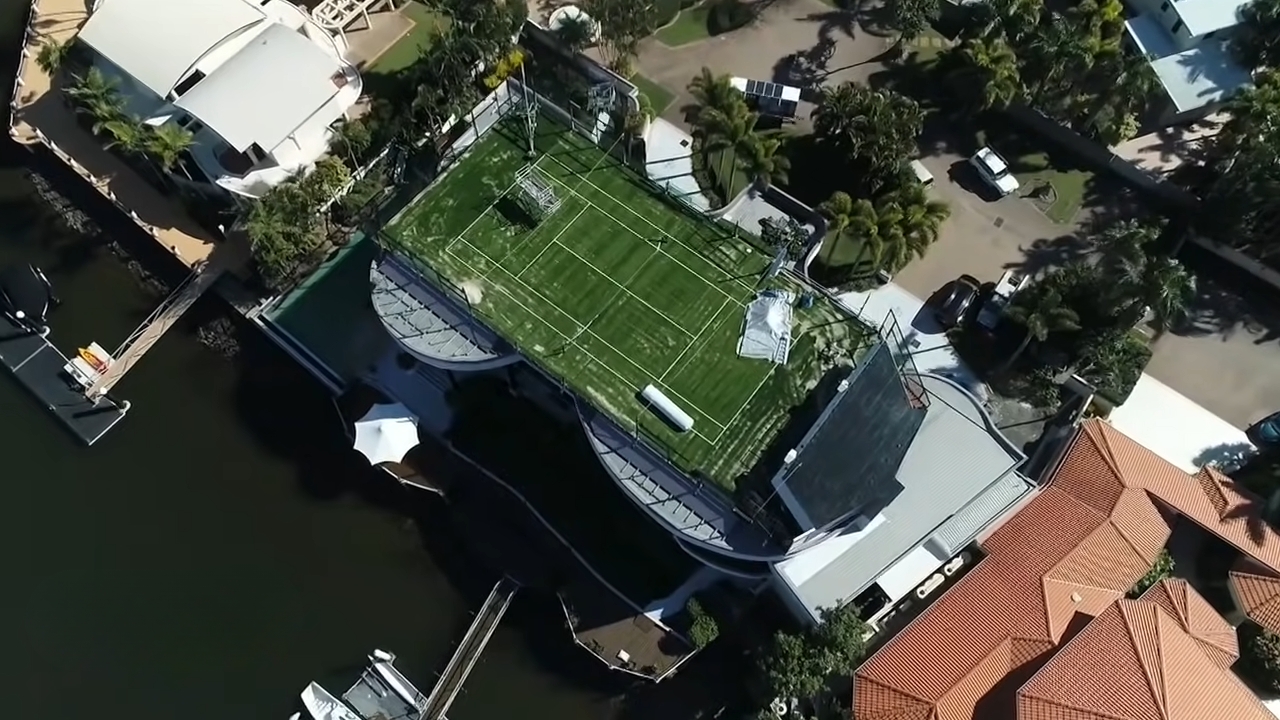Tennis is loved all around the world and can be played on different types of courts. Each one has its own feel that affects how fast or slow the game goes. Knowing the differences between court surfaces is important for players and fans too.
Hard Courts
Hard courts are very popular for tennis at all levels. They are usually made with concrete or asphalt on the bottom covered by acrylic on top. The solid concrete or asphalt provides a steady, flat base while the acrylic gives it a little bounce.
To build one, workers start by laying down crushed rocks or stones to let the water drain well. Then wet cement or asphalt gets poured over that.
After it dries, layers of acrylic coating get painted on. The final layer mixes acrylic paint with sand, and using more or less sand changes how fast the balls move.
Hard courts don’t need much work once done and last a long time.
Clay Courts
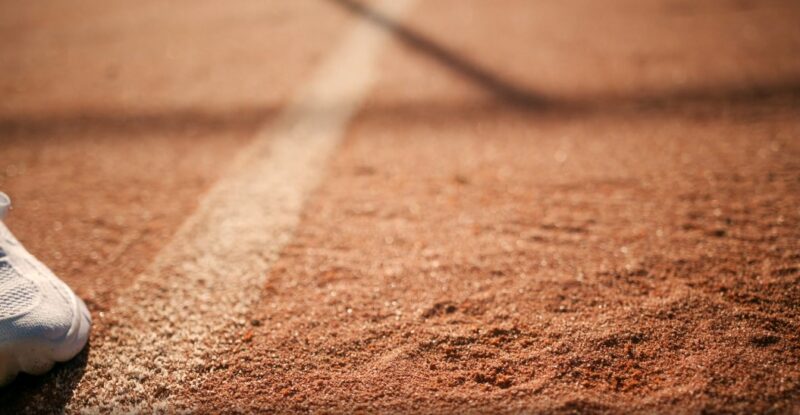
Clay courts are most known for being used at the French Open. They are made from crushed up rock, brick pieces, or shale. These get ground really fine and spread out as a loose layer on top. Underneath is a firm base.
What makes clay courts special is how slow the balls move on them. This lets rallies last longer and players use different strategies than faster courts.
To build one, workers put down a layer of crushed gravel first for drainage. Then a layer of bigger rock pieces goes above that. The top part is made of the clay dust. Workers have to water it a lot to keep dust down and sweep it to keep things flat.
Clay courts are better for players who can go all day without getting too tired.
Grass Courts
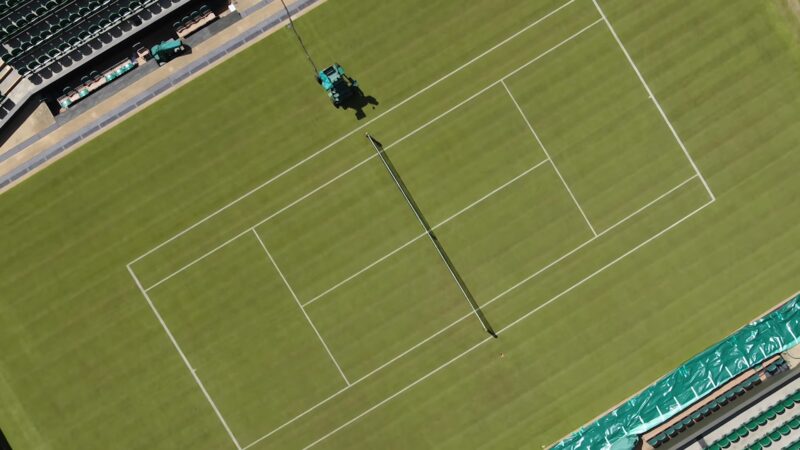
Grass courts were more popular before but need a lot of work to keep up. They are made by growing natural grass on tightly packed dirt. The kind of grass depends on where the court is located.
To prepare one, the ground has to be perfectly flat and firm. Then grass seeds get planted and the court gets a lot of maintenance. Workers have to cut the grass regularly with mowers, water it, and roll it flat with heavy machines to keep it good for playing on. Grass courts are fast because the balls don’t bounce high or slow down much when they land.
Carpet Courts
Carpet courts are used indoors. They have removable court surface made from different synthetic materials instead of grass or clay. Depending on what the carpet is made of and how it’s woven, it can offer various speeds somewhere between a grass court and a clay court. The carpet provides a nice middle ground and lets tennis be played inside year-round no matter the weather.
Synthetic Courts
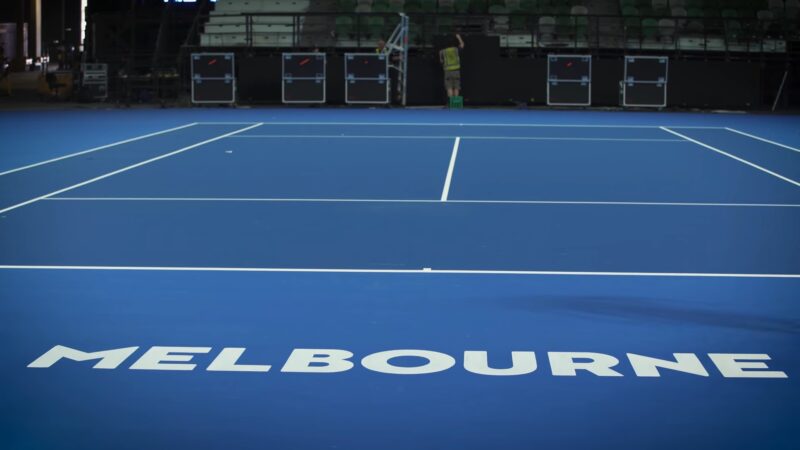
Synthetic courts are a newer option that can act like grass or clay courts with less work. They use fake turf filled with sand or rubber instead of real grass or clay. The filling is what controls how fast balls move and bounce back.
This artificial material gives courts a softer feel than concrete or asphalt. And unlike grass or clay, they don’t need as much upkeep of watering, mowing, or repairing. No matter the weather or seasons, synthetic courts stay in good playing shape.
Maintenance and Longevity
Each kind and size needs certain things to stay in great playing condition.
Hard courts need to be swept clean a lot to remove dirt and junk. They also might need their surface redone every 4 to 8 years to keep the bounce and feel good.
Clay courts must be watered daily and rolled smooth. Plus the clay dust has to get replaced now and then.
Grass courts take the most work with regular mowing, watering, and fixing up between seasons.
How long a court lasts depends on what it’s made of and if it gets the proper care. Hard courts can go 20 years when looked after right. Clay courts also last about that long if the base under stays solid. Grass courts vary more based on the weather and work put in.
Impact on Players
Clay courts are softer on the body though you have to be good at sliding around and keeping your balance when balls come back at you fast. Grass courts are soft too but slippery, so quick reflexes and aggressive hitting work best there.
Different styles also prefer certain surfaces. If you like to run down lots of balls and hit from the baseline, clay courts let you do that better since balls don’t speed by as much. But if serving and rushing the net is your thing, grass courts help with that since balls don’t bounce up high or slow down off the grass.
Final Words
The kind of court you play on really changes how the game goes. From grass and clay to hard and new synthetic surfaces, each has its own feel that requires different strategies and suits different styles.
Related Posts:
- Should You Play Tennis on a Court Soaked by Rain?
- How Much Does It Cost To Resurface A Tennis Court?…
- Step-By-Step Manual for Setting up a Tennis Court in…
- Resurface or Repair Your Tennis Court? What’s the…
- The Benefits of a Rooftop Tennis Court - And Why…
- How to Play Pickleball on a Tennis Court? And Why Is…

